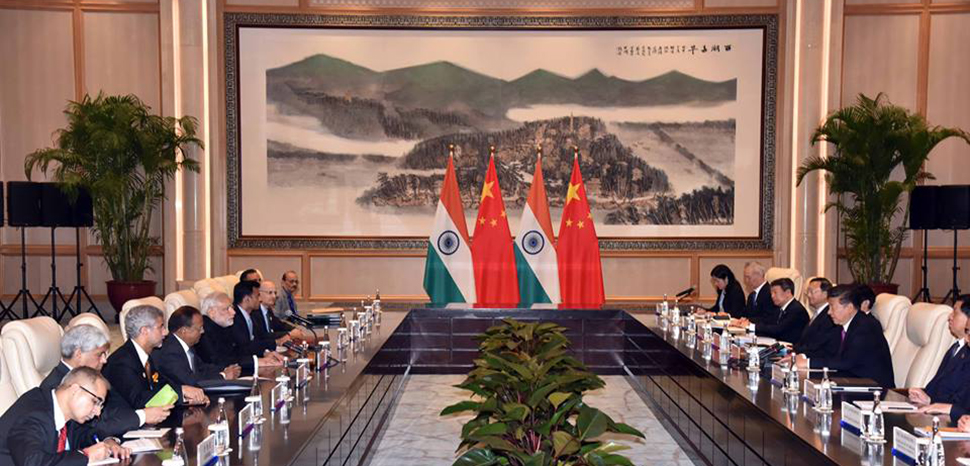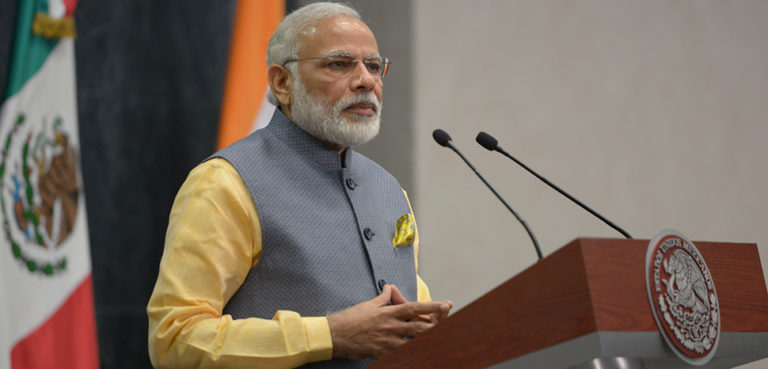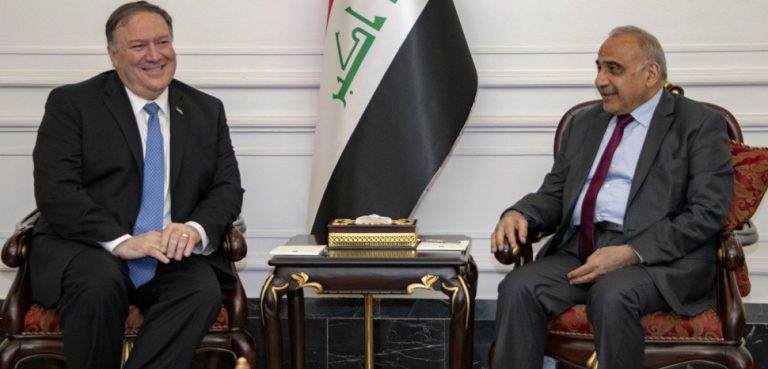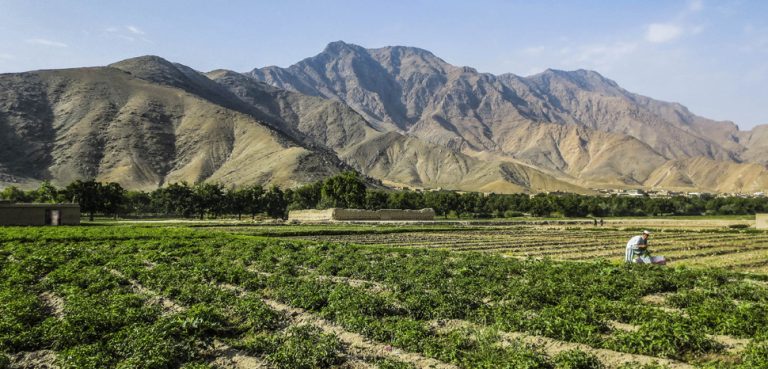There is a growing body of work examining the benefits, drawbacks, and consequences of China’s Belt and Road Initiative (BRI), and given China’s global ascendance, the BRI is expected to have a significant impact on a vast and geopolitically important region.
President Xi Jinping proposed the concept of a “Silk Road Economic Belt” in Kazakhstan (September 7, 2013), and the following month he proposed the “21st Century Maritime Silk Road” in Indonesia (October 3, 2013). The above two proposals are known collectively as the Belt and Road Initiative (BRI), or formerly One Belt, One Road (一带一路 (yīdài yīlù) in Chinese). The BRI represents a significant strategic departure in China’s external policy, and stands as one of the world’s most ambitious economic initiatives, aiming to connect Asia with Africa and Europe via land and maritime networks, thus improving regional integration, increasing trade, and stimulating economic growth. Furthermore, on January 26, 2018, the People’s Republic of China’s State Council Information Office issued a white paper entitled China’s Arctic Policy, in which it pledged to actively participate in Arctic affairs. The document lays out China’s Arctic strategy as well as its ambition to build a “Polar Silk Road” as part of the Belt and Road Initiative.
While every South Asian country has expressed “support or participation” in the BRI, India and Bhutan remain the only holdouts. India’s opposition stems from its antagonistic relationship with China, which is also marked by suspicion and competition rather than cooperation. As a result, India’s gambit is that it has diplomatically “downplayed” China’s BRI and refused to sign a Belt and Road MoU; however, the country is undeniably a player in the BRI, albeit through proxies, by actively participating in the Beijing-led Asian Infrastructure Investment Bank (AIIB) and Shanghai-based New Development Bank (NDB). The moves to align with the AIIB and NDB also serve as a useful cover for the extent of Chinese involvement in infrastructure development and business investment in India.
The Bangladesh-China-India-Myanmar Economic Corridor (BCIMEC) was proposed by China at a sub-regional forum in 1999 in order to connect the economically backward regions of southwest China and India’s North-Eastern region (NER) via the infrastructure-deficient countries of Myanmar and Bangladesh. Despite significant high-level intergovernmental discussions on the BCIMEC taking place in 2013, 2014, and 2015, no concrete steps have been taken to bring the project to fruition to date, owing primarily to India’s opposition.
For China, the Belt and Road Initiative focuses on building “smooth, secure, and efficient transportation routes connecting major seaports” along the Belt and Road. As a result, it considers the China-Pakistan Economic Corridor (CPEC) and the BCIMEC to be important economic corridors “closely related” to BRI, and it has emphasized the importance of greater cooperation and progress. India’s gambit is that it has officially refused to recognize or sign the BRI MoU because, according to Delhi’s logic, recognizing the BRI entails recognizing the CPEC, which runs through disputed territory under Pakistan’s control but is claimed by India, leading to the disputed territories being recognized as either Pakistani or Chinese. However, India sees the BCIMEC project as predating the BRI and has no reservations about participating in the standalone BCIMEC project if it is not part of the BRI. The absence of the BCIMEC project from the list of BRI projects presented to 37 heads of state and governments at the 2nd BRI forum in 2019 can be interpreted as a “win” for Indian diplomacy, but India is still hesitant to grant competing geopolitical rivals access to the NER because India is concerned that it will increase China’s geopolitical influence and, in the worst-case scenario, support the “Naga movement” as it did in the 1960s, potentially suffocating India through the ‘chicken’s neck corridor.’
The Naga political issue is a legacy of British colonial rule that has the potential to stymie policy implementation in India’s NER and Myanmar’s northwestern region. It had seen international involvement from the United States (early 1950s), China (early 1960s), undivided Pakistan (Pakistan and Bangladesh, early 1960s), and the United Kingdom (1960s), with both formal governmental and informal links under various organizations that are not completely disconnected even today. Thus, the signing of the “historic” Indo-Naga Framework in 2015 had given the NER great hope; however, the negotiations reached a stalemate in late 2019 due to growing distrust between the government of India (GoI), represented by RN Ravi, and the Nationalist Council of Nagalim (NSCN). Following the removal of RN Ravi as the government’s interlocutor in September 2021, AK Mishra, a former India Intelligence Bureau officer, was appointed as the new interlocutor representing the Prime Minister Office (PMO). Following the replacement, a new round of negotiations between the GoI and the NSCN began on September 20, after the deadlock had been broken. A frenetic negotiation between the Nagas and India is taking place in Delhi at the time of writing this perspective. Given that the “historic” Indo-Naga Framework Agreement of 2015 is yet to be implemented, the question now is whether the Indo-Naga political conundrum will find an acceptable solution. Surprisingly, India and the Nagas have been attempting to resolve this political issue since 1947.
The NER, without a doubt, holds a strategic position on a logistical and supply chain that can control the flow of resources along international overland trade routes for both BRI and BCIMEC, or even India’s Act East Policy (AEP); however, the security situation in the NER remains extremely precarious. Despite promising infrastructure investment and increased overland market connectivity if fully implemented, India has recently failed to demonstrate genuine political will to resolve the region’s most serious Indo-Naga political issue by attempting to portray it as an internal law-and-order issue, rather than appointing a political negotiator to lead the negotiation, thus casting it as an issue requiring political will. One observation is that if the Indian government considers the Naga political issue to be a matter of internal law and order, India would not have signed an Indo-Naga framework agreement in 2015. Notably, the Naga political issue has taken on a regional strategic dimension, most notably among India, Myanmar, and China.
The simple fact is that India is not powerful enough to respond to BRI in the global community on its own as it is now a truly global endeavor; and as India and China become more reliant on one another – with China shifting toward high-tech and intelligent manufacturing, India has the potential to become the world’s hub for low and medium-cost manufactured goods. A peaceful political resolution to the Indo-Naga political issue is required for BCIMEC, or even India’s AEP, to be implemented successfully. Resolving the issue will not only increase trust and confidence in India’s relations with the Nagas, but it will also provide a new direction for the NER to thrive, resulting in a very balanced relationship between India, China, Myanmar, and Bangladesh. Projects such as the BRI, BCIMEC, and India’s AEP can attract massive investment and infrastructure development, providing India, particularly the NER, with better overland access to China and its immediate neighbors.
The views expressed in this article are those of the authors alone and do not necessarily reflect those of Geopoliticalmonitor.com




